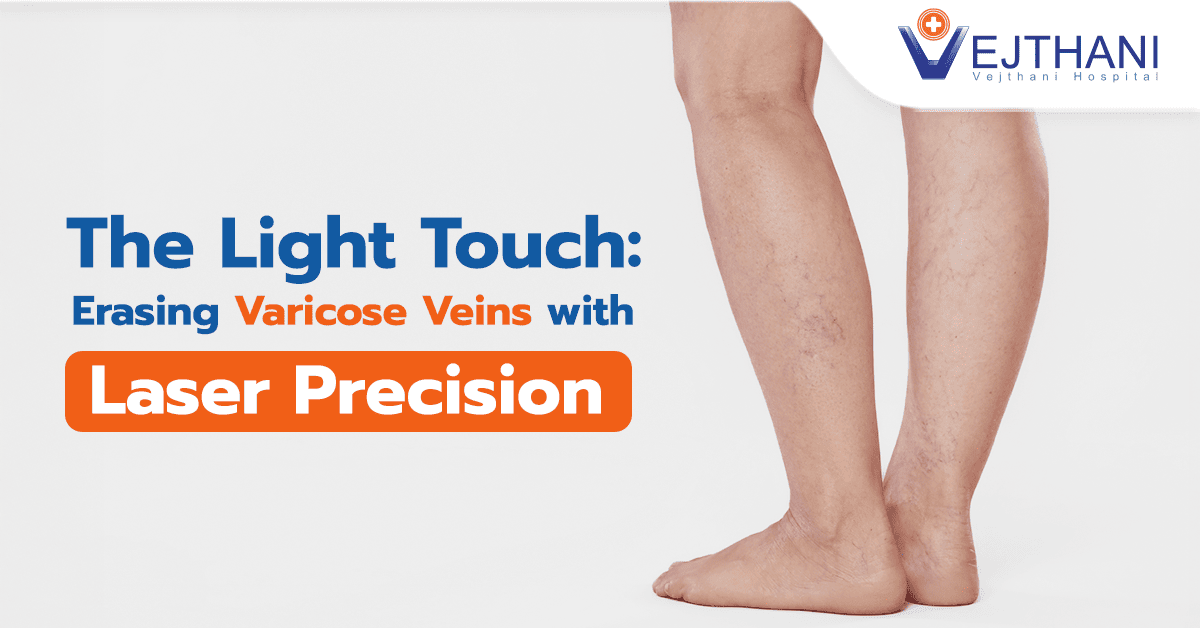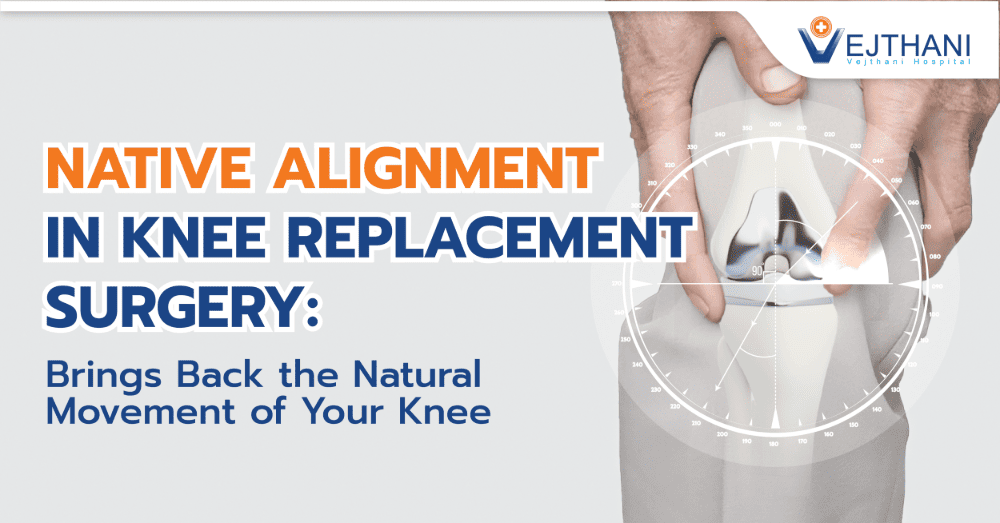
Prosthodontics
Overview
Prosthodontics is a specialized area within dentistry that focuses on designing and creating dental prosthetics, such as artificial teeth, for people with damaged or missing teeth. The term “prosthodontics” comes from “prostho,” meaning replacement, and “dontist,” referring to teeth.
A prosthodontist, a dental specialist in this field, receives extensive training in crafting crowns, bridges, dentures, and other restorative treatments. They also frequently address and manage Temporomandibular Joint (TMJ) disorders.
Reasons for undergoing the procedure
Numerous conditions can be treated by prosthodontists. A prosthodontist may be recommended by your dentist if you have:
- Teeth missing.
- Tooth damage that is severe.
- Pain or dysfunction in the TMJ.
- Face or mouth aches.
- Cosmetic issues.
- Obstructive sleep apnea.
Fixed and removable prosthodontic appliances come in a various types, such as:
- Full and partial dentures.
- Oral splints.
- Crowns and bridges.
- Night guards for TMJ disorder and sleep apnea.
Types of prosthodontic dentistry
Prosthodontic dentistry encompasses various dental procedures. While many of these procedures may be handled by your general dentist, a prosthodontist may be referred if your condition is complex or requires specialized coordination of treatment.
Dental crowns
A dental crown, also referred to as a cap, is a restorative used to cover severely damaged teeth. If you recently had a root canal, have significant decay, or have a broken tooth, you may require a crown.
Dental bridges
A dental bridge is used to replace a row of lost teeth. This prosthetic tooth is made up of two crowns on each side with pontics—artificial teeth—between them. After the crowns are positioned, your natural teeth support them, and the pontics close the space in your smile.
Dentures
Dentures come in two primary varieties: partial and full. Partial dentures replace a few missing teeth in different parts of the mouth. A full denture replaces an entire missing tooth arch. Your smile’s beauty and functionality can be restored with the aid of these detachable accessories.
Inlays and onlays
An inlay or onlay may be necessary if a tooth is too damaged for a filling but not so damaged as to require a crown. These one-of-a-kind restorations fit like small jigsaw pieces into the structure of your teeth.
Dental implants
Dental implants are small, threaded posts designed to replace the roots of missing teeth. Made from surgical-grade materials like ceramic or titanium, these implants are surgically placed into your jawbone by a dentist. After the implants have healed, a prosthodontist can restore them with crowns, bridges, or dentures.
For individuals missing most or all of their teeth, there are various implant-supported solutions available, both removable and non-removable. To find the best treatment option for you, consult with a prosthodontist or dentist.
Risks
There aren’t many risks associated with having prosthodontic procedures done. There is always a chance of infection or nerve injury with dental procedures.
See your prosthodontist or dentist as soon as possible if you experience any warning indications, such as fever or discharge at the treatment site.
Outcome
Recovery time varies based on the procedure and the extent of treatment. For instance, if you only need a single crown, you can usually return to your normal activities right away. However, if you require full dentures on both arches, you might need a few days off work to allow for healing.
The total treatment timeline can differ significantly. Some procedures might be completed in just a few visits, while others could take several months. It’s best to consult your dentist or prosthodontist to get a clear understanding of the expected timeline for your specific treatment.
Contact Information
service@vejthani.com






















